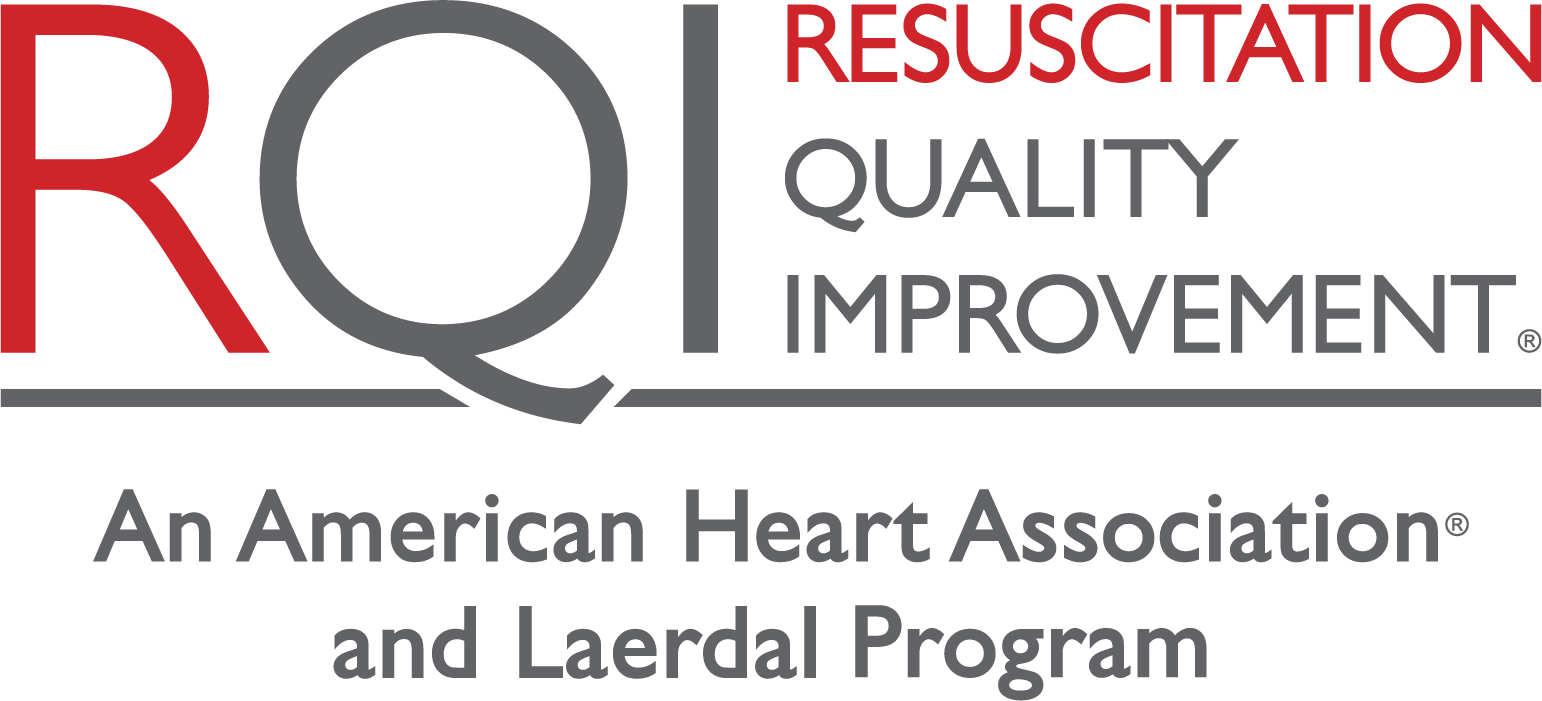The resuscitation quality improvement model made its debut in 2015, unsettling the CPR culture of a one-time, massed training event that occurs every 2 years. The rationale, design, and urgency for this new standard of care via a low-dose, high-frequency model was founded in research. And now, it is measured in research to continually assess maximum impact for increasing survival outcomes.
Thus, where are we today, and simply put, is the RQI model working?
Let’s first begin with what we are trying to solve for, increased survival outcomes. We know that high-quality CPR has a significant impact on survival outcomes.1 To achieve high-quality CPR, providers must be able to improve upon and retain the technical skills of resuscitation. Both being a result of spaced learning, repetitive practice, and a mastery learning model.2 These instructional design enhancements, along with those linked to survival outcomes after cardiac arrest (i.e., feedback, debriefing, contextualization) make up the design of the quality improvement model.3
When applied in a clinical setting, providers recently trained in basic life support (BLS) with an instructor were unable to meet the American Heart Association’s guidelines for correct compressions and ventilation when measured objectively at the RQI Simulation Station. After one RQI training session, overall compression scores increased by 81% and ventilation scores with bag-mask device increased from 19% to 70%.4
Similarly, hospital BLS providers that failed to meet CPR performance measures in their first RQI session quickly improved and maintained an increased performance over time. Providers not meeting target compression depth increased from 51.1% in Q1 to 78.8% in Q2 and then 84% in Q4 for percentage of compressions with correct depth.5 Performance metrics of high-quality CPR demonstration were also maintained by providers over 6 months in the RQI model, indicating CPR skills retention.6
In the RQI model, providers have increased their CPR skills confidence with an improved performance of compressions and ventilation skills and a decrease in the number of attempts to achieve high-quality CPR.7
With repeated practice and retention of CPR skills, providers are able to apply a level of automaticity for compressions and ventilation when not in the learning environment of the RQI Simulation Station. Meaning, the ability to demonstrate a skill in real-time with minimal cognitive effort, allowing providers to shift their focus to higher critical thinking tasks in a resuscitation event.
This has particularly served well for pediatric providers, with CPR events being infrequent in pediatric resuscitation. In addition to improved performance scores, a significant association was found between the number of RQI sessions and adherence to compression rate guidelines during real pediatric events.8 This same association of RQI and enhanced clinical CPR quality has been found with an improved chest compression fraction during in-hospital cardiac arrest events from pre-RQI of 83% to post-RQI of 93%.9
To conclude, yes, based on research the RQI quarterly model is working.10 While the results thus far are an indicator of progression towards an increase in survival outcomes, we are still very much on the journey. A continued evaluation of literature and published outcomes on the impact of RQI are critical as we strive for enhancements to the model.
References
- Peter A.M., et al. Cardiopulmonary Resuscitation Quality: Improving Cardiac Resuscitation Outcomes Both Inside and Outside the Hospital. Circulation. 2013; 128(4): 417-435
- Cheng et al., Part 6: Resuscitation Education Science: 2020 American Heart Association Guidelines for Cardiopulmonary Resuscitation and Emergency Cardiovascular Care. Circulation. 2020; 142(16): S551-S579
- Cheng A, Nadkarni VM, Mancini MB, et al. Resuscitation education science: educational strategies to improve outcomes from cardiac arrest. Circulation. 2018; 138:00-00. Doi: 10.1161/CIR.0000000000000583
- Kardong-Edgren et al., Baseline Cardiopulmonary Resuscitation Skill Performance of Nursing Students is Improved After One Resuscitation Quality Improvement Skill Refresher. Journal for Nurses in Professional Development. 2020; 36(2): 57-62
- Klacman, A. Barnes, D., & Wang, J. The Effects of a Novel Quarterly Cardiopulmonary Resuscitation Training Program on Hospital Basic Life Support Providers’ Cardiopulmonary Resuscitation Skill Performance. Journal for Nurses in Professional Development. 2021
- Panchal et al., Low Dose-High Frequency, Case Based Psychomotor CPR Training Demonstrates High Levels of Program Compliance With Good CPR Quality Metrics. Circulation. 2015; 132
- Dudzik et al., Implementation of a Low-Dose, High-Frequency Cardiac Resuscitation Quality Improvement Program in a Community Hospital. The Joint Commission Journal on Quality and Patient Safety. 2019; 000: 1-9
- Donoghue, A. et al. Longitudinal effect of high frequency training on CPR performance during simulated and actual pediatric cardiac arrest. Resuscitation Plus. 2021
- Panchal et al. Low Dose-High Frequency, Case Based Psychomotor CPR Training Improves Compression Fraction For Patients With In-Hospital Cardiac Arrest. European Resuscitation Council. 2020; 146: P26-P31
- Oermann, M., Krusmark, M., Kardong-Edgren, S., Jastrzembski, T., & Gluck, K. Personalized Training Schedules for Retention and Sustainment of Cardiopulmonary Resuscitation Skills. Journal of the Society for Simulation in Healthcare. 2021
